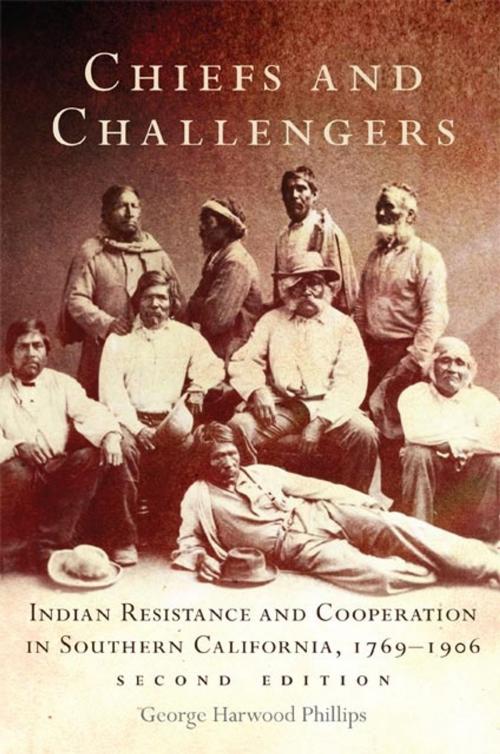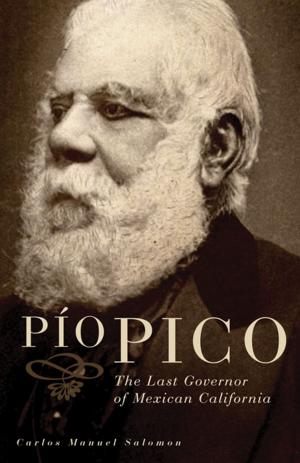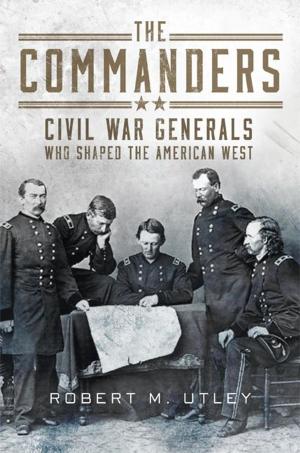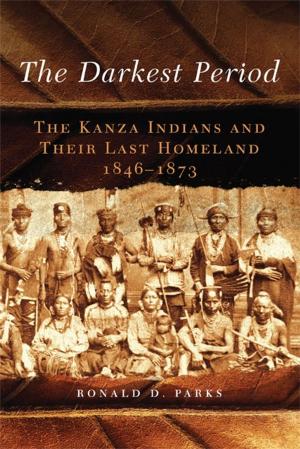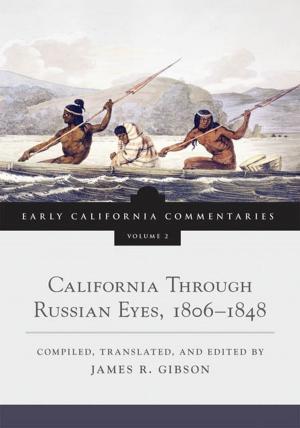Chiefs and Challengers
Indian Resistance and Cooperation in Southern California, 1769–1906
Nonfiction, Social & Cultural Studies, Social Science, Cultural Studies, Native American Studies, History, Americas, Native American, United States| Author: | George Harwood Phillips | ISBN: | 9780806147574 |
| Publisher: | University of Oklahoma Press | Publication: | July 24, 2014 |
| Imprint: | University of Oklahoma Press | Language: | English |
| Author: | George Harwood Phillips |
| ISBN: | 9780806147574 |
| Publisher: | University of Oklahoma Press |
| Publication: | July 24, 2014 |
| Imprint: | University of Oklahoma Press |
| Language: | English |
Long recognized as a pioneering work in the ethnohistory of California, Chiefs and Challengers, when it first appeared, overturned the stereotype of Indian victimhood and revealed a complex political landscape in which Native peoples interacted with one another as much as they did with non-Indians intruding into their territories. Although historian George Harwood Phillips did not shy away from chronicling the mistreatment of Indians, he moved beyond that approach to examine Indian-white interactions from both Indian and white perspectives. This new edition describes the indigenous cultures of southern California and offers a detailed history of the repercussions of Euro-American colonization.
Because there was no geographical frontier in California separating Indians and whites, the interaction varied significantly from region to region in California. In the south, conflict reached a climax in 1851 when Antonio Garra led a pan-Indian revolt that sent shock waves throughout California, forcing the Americans to take counteractions that affected themselves as much as the Indians.
In this second edition of Chiefs and Challengers, Phillips brings the story into the twentieth century by drawing upon recent historical and anthropological scholarship and upon seldom-used documentary evidence. After 1865, Indians faced new problems, including settler encroachment and the imposition of the reservation system. That some Indians succeeded in holding onto their ancestral lands, Phillips shows, is evidence of their strategic efforts to survive. His narrative includes numerous eloquent testimonies from Indians, among them a student at a government-run school who wrote to the U.S. president: “The white people call San Jacinto rancho their land and I don’t want them to do it. We think it is ours, for God gave it to us first.”
Long recognized as a pioneering work in the ethnohistory of California, Chiefs and Challengers, when it first appeared, overturned the stereotype of Indian victimhood and revealed a complex political landscape in which Native peoples interacted with one another as much as they did with non-Indians intruding into their territories. Although historian George Harwood Phillips did not shy away from chronicling the mistreatment of Indians, he moved beyond that approach to examine Indian-white interactions from both Indian and white perspectives. This new edition describes the indigenous cultures of southern California and offers a detailed history of the repercussions of Euro-American colonization.
Because there was no geographical frontier in California separating Indians and whites, the interaction varied significantly from region to region in California. In the south, conflict reached a climax in 1851 when Antonio Garra led a pan-Indian revolt that sent shock waves throughout California, forcing the Americans to take counteractions that affected themselves as much as the Indians.
In this second edition of Chiefs and Challengers, Phillips brings the story into the twentieth century by drawing upon recent historical and anthropological scholarship and upon seldom-used documentary evidence. After 1865, Indians faced new problems, including settler encroachment and the imposition of the reservation system. That some Indians succeeded in holding onto their ancestral lands, Phillips shows, is evidence of their strategic efforts to survive. His narrative includes numerous eloquent testimonies from Indians, among them a student at a government-run school who wrote to the U.S. president: “The white people call San Jacinto rancho their land and I don’t want them to do it. We think it is ours, for God gave it to us first.”
